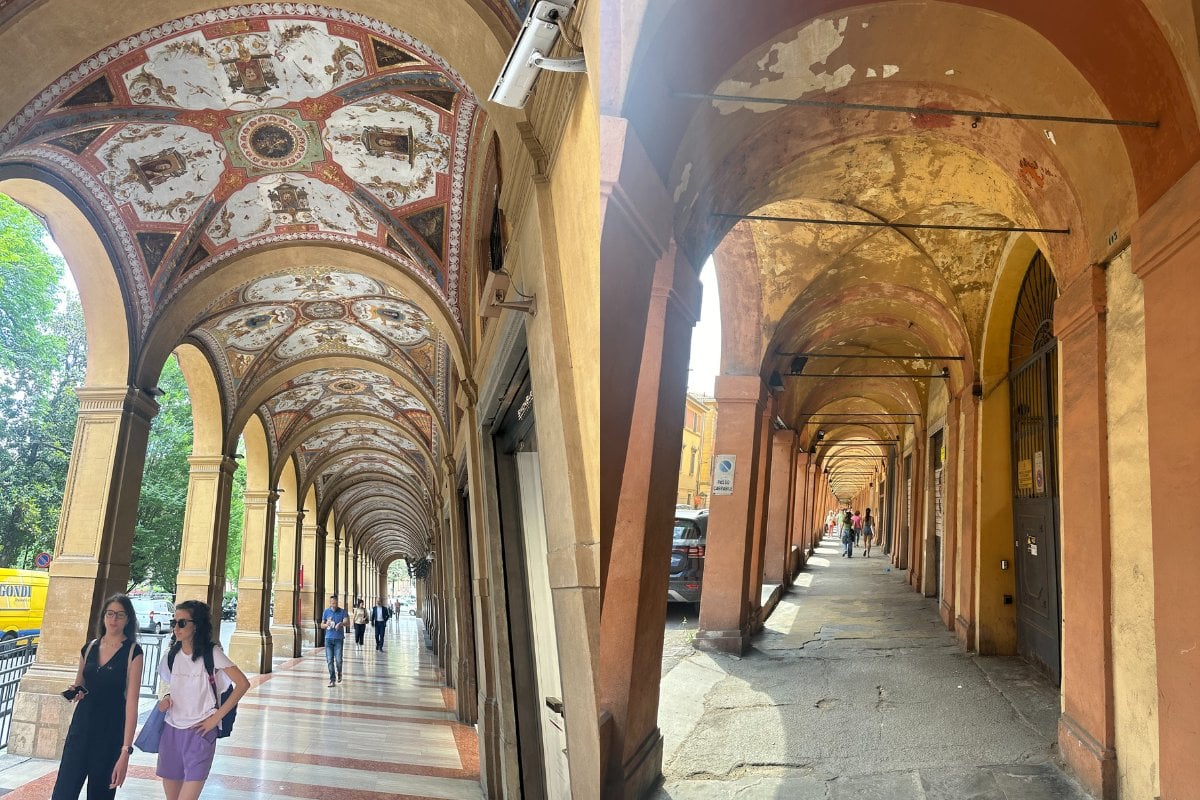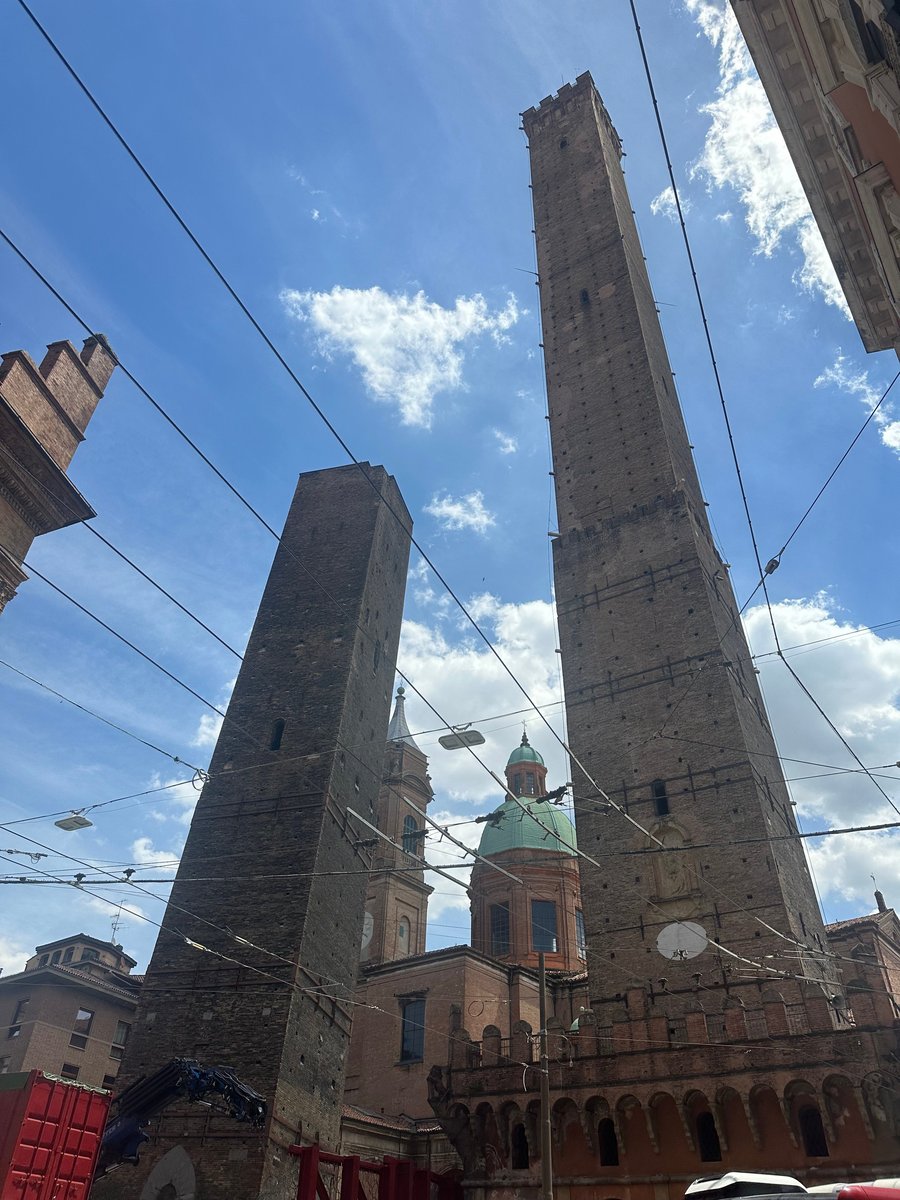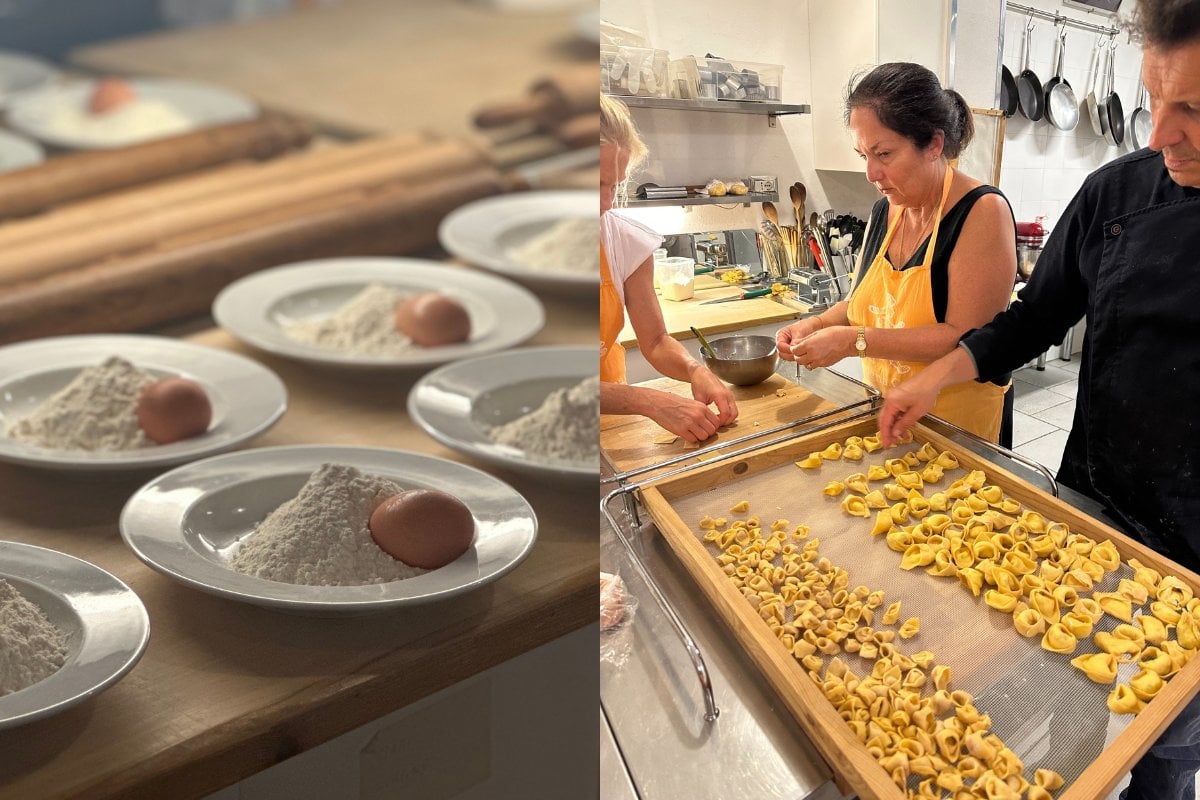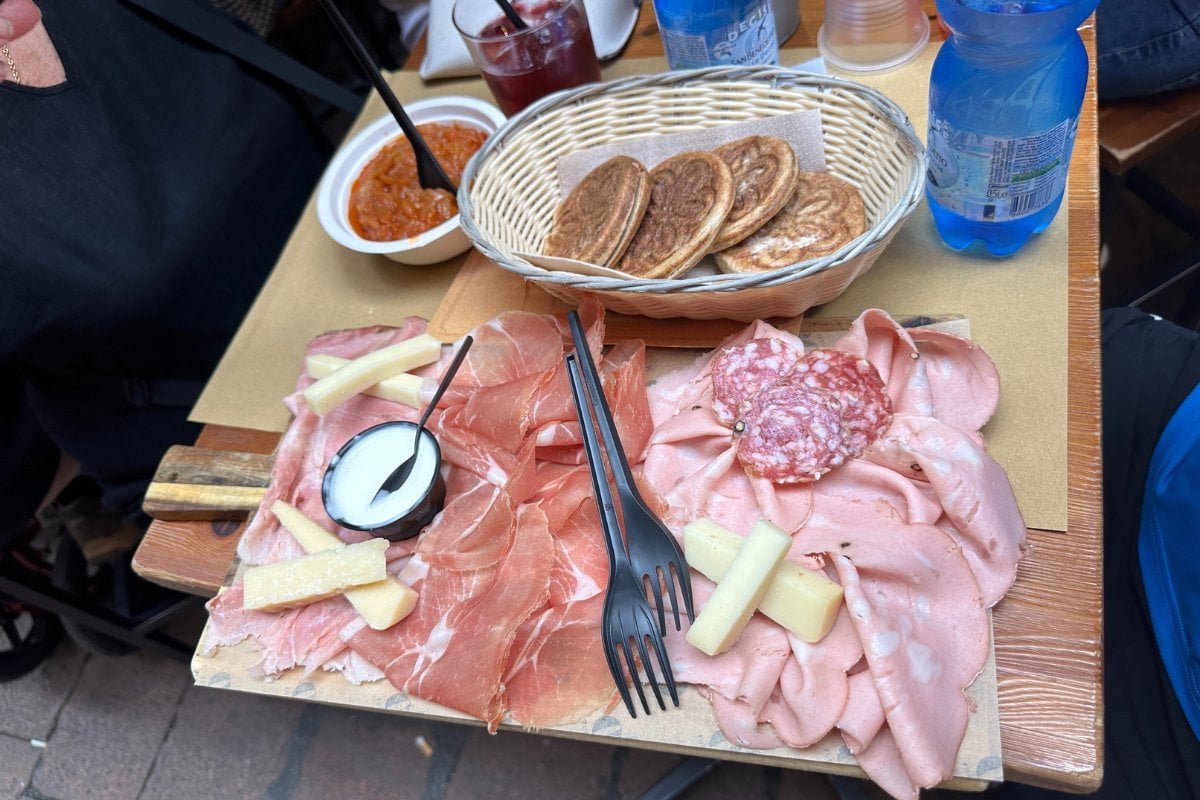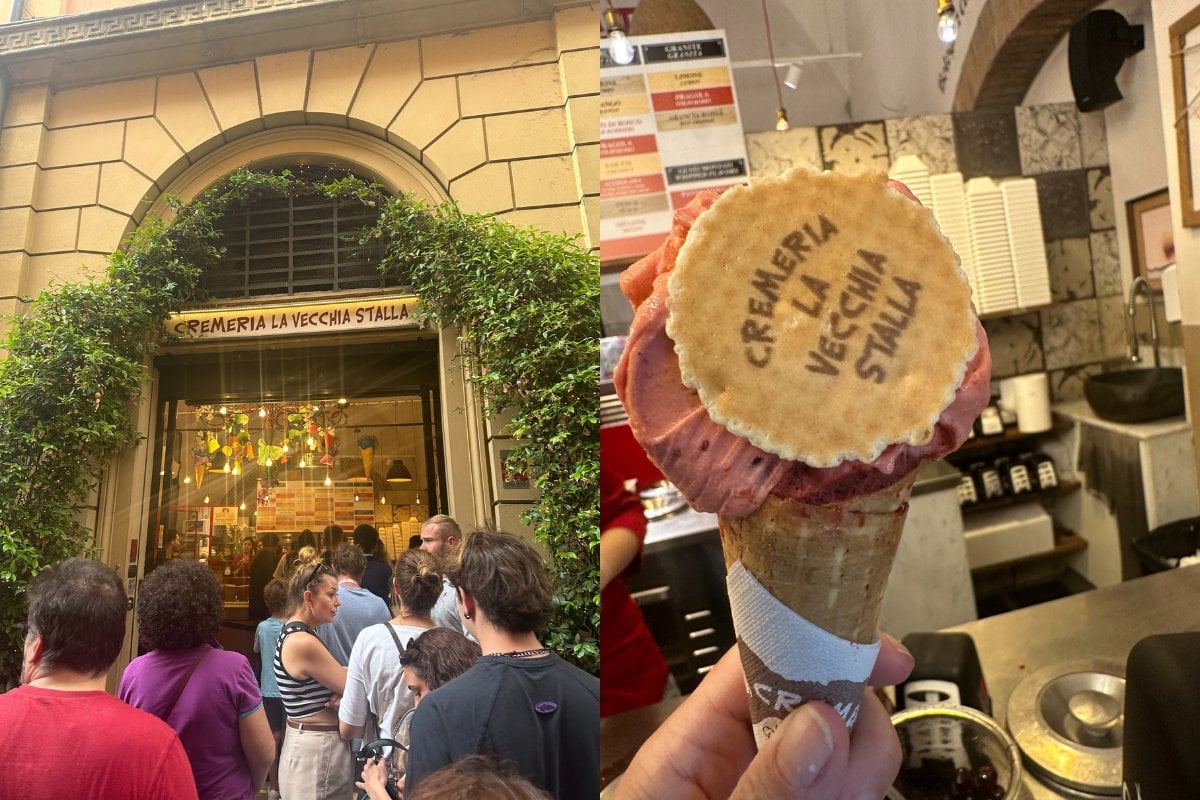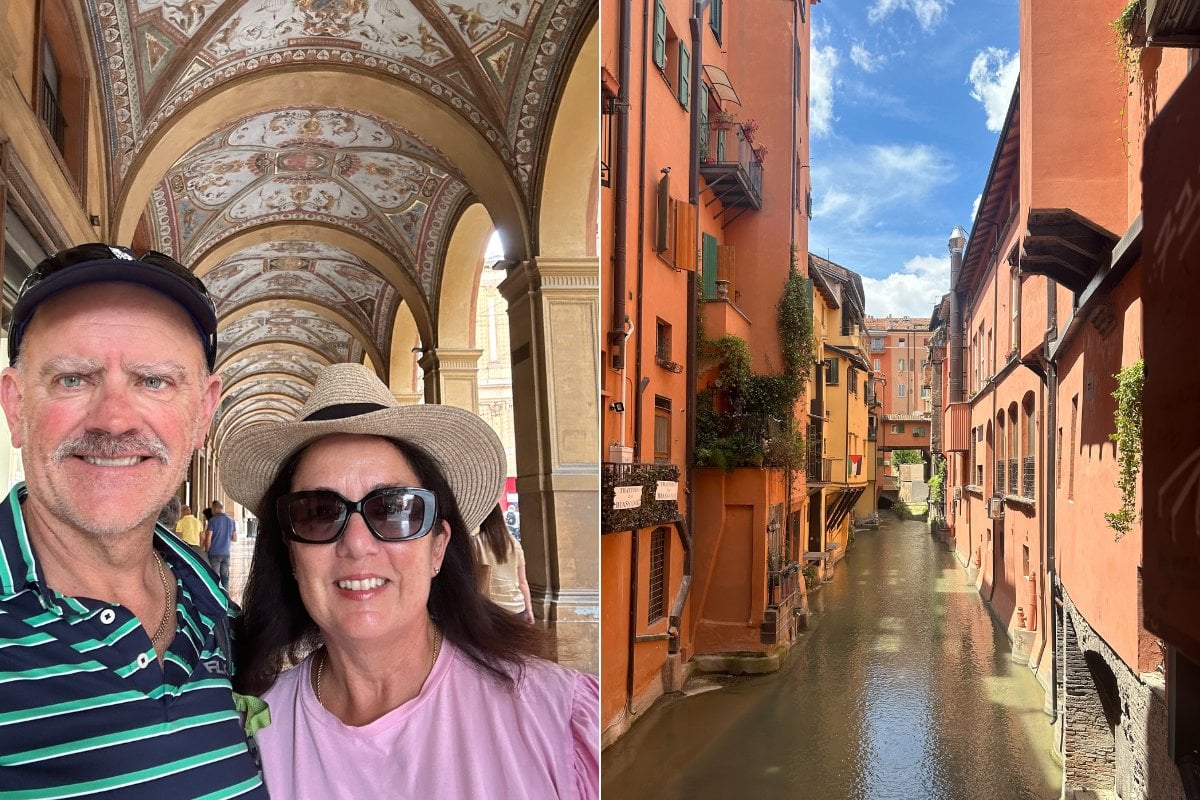
Florence was the epicentre of the Renaissance in Italy, and then in Europe. It has long been a very popular tourist destination, and understandably so — it is undeniably beautiful and there's heaps to do there.
But there are also hordes of tourists.
Think footy crowd density around the Duomo (Florence Cathedral) and sold-out tickets to climb the Cupola (the dome at its top).
Think layers of people taking photos at the Ponte Vecchio or wiggle room only at sunset at Piazzale Michelangelo.
Or instead, you could... think about immersing yourself in the nearby city of Bologna, which has three alternative names to encompass three different "personalities" of the destination — and far fewer tourists.
Bologna (yep, where the famous bolognese pasta sauce comes from) is more than just its famous dish! Capital of the Emilia-Romagna region in the north of Italy, it is only a 40-minute train ride away from Florence, yet worlds away. (It's also pretty close to Venice and accessible by train, just FYI.)
Watch: A former airline employee shares the ultimate travel hacks. Post continues below.

